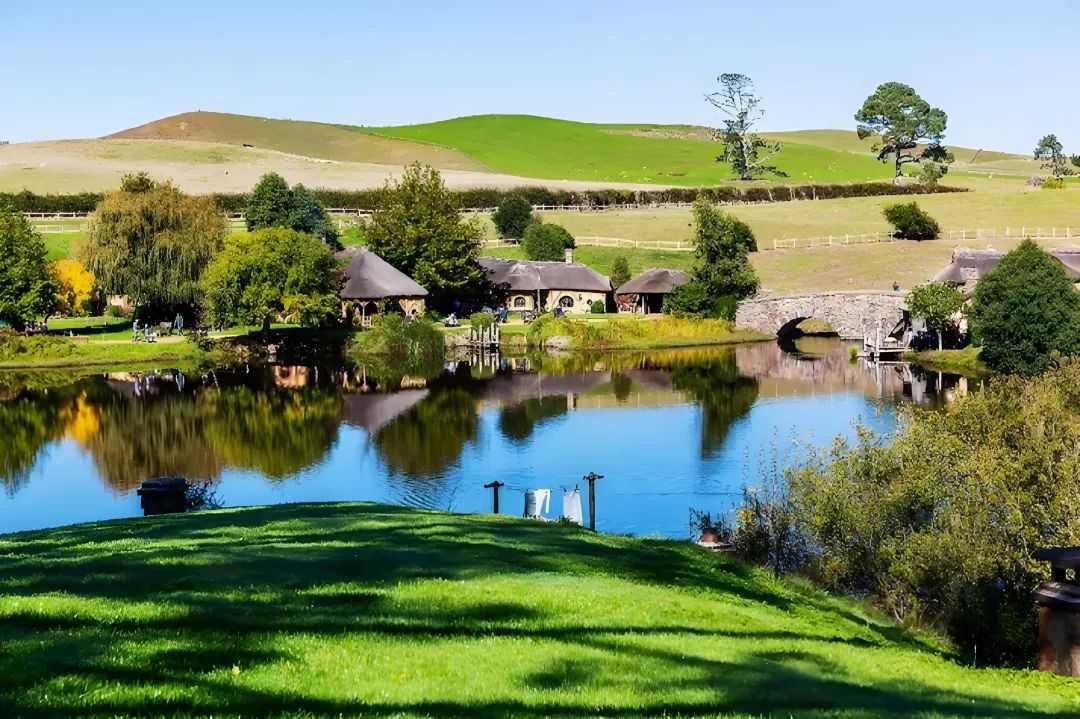The image’s focal points, M8 and M20, are vibrant stellar nurseries located ~5,200 and ~5,900 light-years away, respectively. M8’s pink hue stems from ionized hydrogen gas energized by young O-type stars, while its central "Hourglass" structure reveals regions of active star birth. M20, divided by dark dust lanes into three lobes, glows from both hydrogen emission and blue light reflected by interstellar dust, hosting the massive star system IRS 4.
The field also includes numerous open clusters and faint nebulae, all set against the dense stellar population of the galactic bulge. Rubin’s 3.2-billion-pixel camera—the largest ever built for astronomy—resolved subtle gas filaments and individual stars, demonstrating the telescope’s capacity to capture both nearby wonders and distant cosmic features.
This image marks the beginning of Rubin’s Legacy Survey of Space and Time (LSST), which will monitor the sky for a decade to study dark matter, dark energy, and transient events. For galactic astronomers, the Sagittarius field offers a window into the Milky Way’s central regions, where stellar populations and interstellar gas dynamics provide clues to the galaxy’s formation.
"Rubin’s first light in Sagittarius shows how its revolutionary camera can reveal both the beauty and complexity of our cosmic neighborhood," said Dr. Heidi Hammel, project scientist. "As LSST progresses, we’ll uncover millions of stars and galaxies, transforming our understanding of the universe’s evolution."
With its combination of breadth and resolution, the image exemplifies how Rubin Observatory will bridge the gap between local stellar systems and the farthest reaches of the cosmos—one 4-degree slice of the sky at a time.








